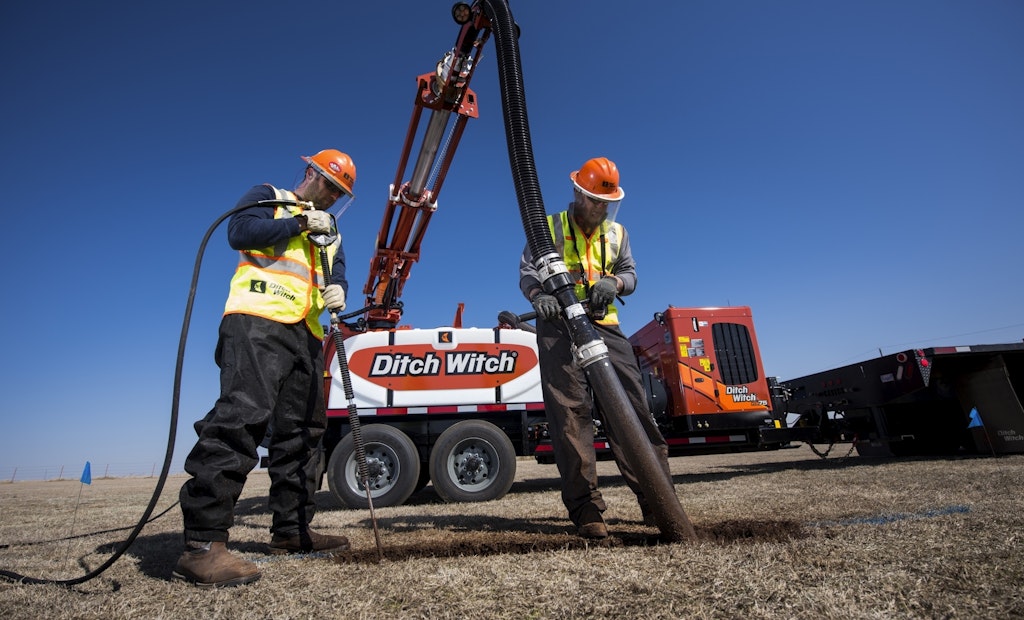With new utility projects on the rise, damage prevention continues to be a growing concern for the underground construction industry. Especially in developed urban areas, new utilities share the ground with other existing fiber, gas, electric, water and sewer lines. The congested...
5 Best Practices for Exposing Utilities With Vacuum Excavation
If vacuum excavation is part of your service offerings, take these steps to have a safe and successful dig on job sites
Popular Stories
Discussion
Comments on this site are submitted by users and are not endorsed by nor do they reflect the views or opinions of COLE Publishing, Inc. Comments are moderated before being posted.






